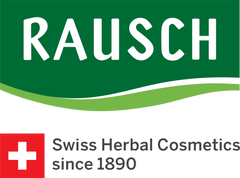Ribwort plantain | What's that?

The king of the wayside, as the plantain is often known, is a hardy, herbaceous plant, which belongs to the family of plantain species. The plantain originated in Europe, but now grows throughout the world. On lungs and bronchial tubes the plantain is particularly effective.
The glycosides in the medicinal plant relieve coughing fits and even help with lung infections. Plantain also contains tannins and mucilages, which soothe infections of the airways and have a protective and coating effect on skin and hair – when used in cosmetics. Tip: for small skin abrasions when hiking, you can press a plantain leaf directly onto the wound. This will stop the bleeding and accelerate the healing process.
In the Middle Ages plantain was used for conditions such as weak bladders, asthma, coughs, fever, gout and eye infections. In one of the largest herbal works of the time, the doctor and pharmacist Jacob Theodor refers to the plantain amongst other things.
He describes how burns and abscesses could be treated and healed with plantain ointment. The Swiss herbal priest and naturopath Johann Künzle believed the plant to be one of the most important natural remedies.
Hard to believe: during and after the two world wars and during the world economic crisis, it was very difficult to buy any green vegetables. In any case people had little healthy food available. At that time salad made of plantain grown in the wild was a very popular replacement for unobtainable or unavailable greens.
